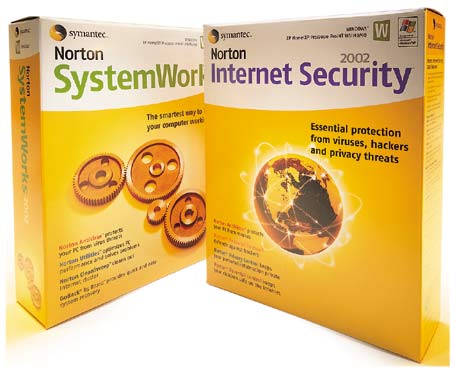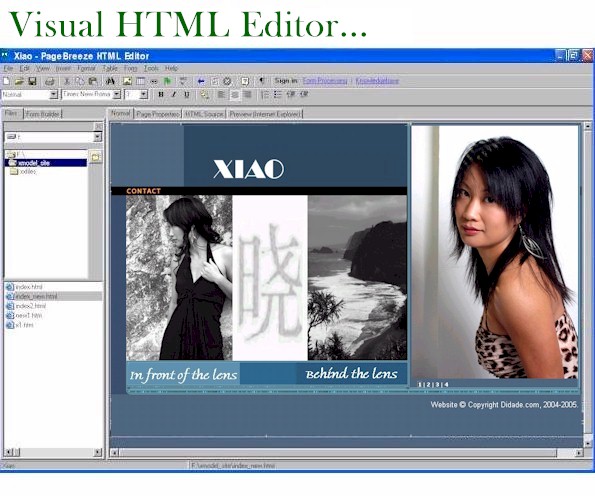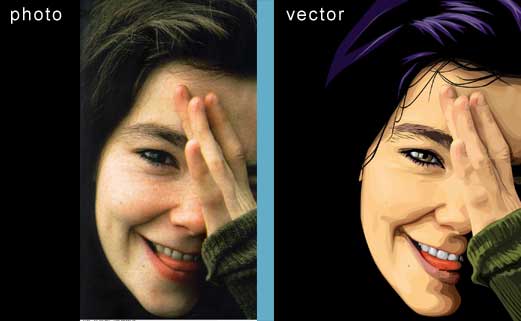GRAPHICAL USER INTERFACE (G.U.I)
Graphical User Interface (GUI) is refers to the graphical interface of a computer that allows users to click and drag objects with a mouse instead of entering text at a command line. The mouse or touch pad is used to select icons and menu options as well as move and resize windows that frame the application and elements within it. The graphical user interface was first introduced to the public by Apple with the Macintosh in 1984.
WORD PROCESSOR
A word processor, or word processing program, does exactly what the name implies. It processes words. It also processes paragraphs, pages, and entire papers. The first word processors were basically computerized typewriters, which did little more than place characters on a screen, which could then be printed by a printer. Modern word processing programs, however, include features to customize the style of the text, change the page formatting, and may be able to add headers, footers, and page numbers to each page. Some examples of word processing programs include Microsoft Word, WordPerfect (Windows only), AppleWorks (Mac only), and OpenOffice.org.
SPREADSHEET
A spreadsheet is a document that stores data in a grid of horizontal rows and vertical columns. Rows are typically labeled using numbers (1, 2, 3, etc.), while columns are labeled with letters (A, B, C, etc). Individual row/column locations, such as C3 or B12, are referred to as cells. Each cell can each store a unique instance of data. By entering data into a spreadsheet, information can be stored in a more structured way than using plain text The row/column structure also allows the data to be analyzed using formulas and calculations. However, spreadsheets are more streamlined than databases and are especially useful for processing numbers. This is why spreadsheets are commonly used in scientific and financial applications.
DBMS

DBMS, which stands for "Database Management System." is a database program. It is a software system that uses a standard method of cataloging, retrieving, and running queries on data. The DBMS manages incoming data, organizes it, and provides ways for the data to be modified or extracted by users or other programs. Some DBMS examples include MySQL, PostgreSQL, Microsoft Access, SQL Server, FileMaker, Oracle, RDBMS, dBASE, Clipper, and FoxPro.
UTILITY SUITES
A group of programs that are sold as a package to solve common problems. Although there are suites for graphics, mathematics and other applications, the most popular are "office suites." Also known as "productivity suites," they are a set of basic business programs designed with a uniform user interface and common functions such as spell checking. The primary programs are word processing, spreadsheet, presentation graphics, database and e-mail, although each suite has its own mix, and a variety of other programs and utilities may also be included.
AUDIO EDITING SOFTWARE
Software used to edit audio files in the computer. Audio sections can be deleted and mixed, and the pitch, speed and tempo of the material can be modified. The dynamic range can be compressed to make loud parts softer, and special effects can also be added. Most audio editors provide support for a variety of audio formats. Contrast with video editor.
BITMAP IMAGE
The Bitmap Image (BMP) format is a commonly used raster graphic format for saving image files. It was introduced on the Windows platform, but is now recognized by many programs on both Macs and PCs.
The BMP format stores color data for each pixel in the image without any compression. For example, a 10x10 pixel BMP image will include color data for 100 pixels. This method of storing image information allows for crisp, high-quality graphics, but also produces large file sizes. DESKTOP PUBLISHING PROGRAM
Desktop publishers use programs like Adobe InDesign and QuarkXpress to create page layouts for documents they want to print. These desktop publishing programs can be used to create books, magazines, newspapers, flyers, pamphlets, and many other kinds of printed documents. Publishers may also use programs like Adobe Photoshop and Illustrator to create printable images. Even word processing programs like Microsoft Word can be used for basic desktop publishing purposes. Complete desktop publishing involves the combination of typesetting (choosing fonts and the text layout), graphic design, page layout (how it all fits on the page), and printing the document.
HTML EDITOR
A low-level Web site authoring tool that is essentially a text editor, specialized for writing HTML code. It assists the HTML author by cataloging all HTML tags and common structures in menus and by being able to catch certain syntax errors. It often displays tags and contents in colors so they pop out for easy reference.
IMAGE EDITOR
Image editors typically deal with only bitmapped images such as GIFs, JPEGs and BMPs; however, some editors support both bitmaps and illustrations. Common functions are manually cropping and resizing the image and using "filters" to adjust brightness, contrast and colors. A myriad of filters are available for special effects. Red eye removal is included in editors specialized for photos.
MULTIMEDIA
As the name implies, multimedia is the integration of multiple forms of media. This includes text, graphics, audio, video, etc. For example, a presentation involving audio and video clips would be considered a "multimedia presentation." Educational software that involves animations, sound, and text is called "multimedia software." CDs and DVDs are often considered to be "multimedia formats" since they can store a lot of data and most forms of multimedia require a lot of disk space.
VECTER IMAGE
vector graphics are comprised of paths, which are defined by a start and end point, along with other points, curves, and angles along the way. A path can be a line, a square, a triangle, or a curvy shape. These paths can be used to create simple drawings or complex diagrams. Paths are even used to define the characters of specific typefaces. Because vector-based images are not made up of a specific number of dots, they can be scaled to a larger size and not lose any image quality. If you blow up a raster graphic, it will look blocky, or "pixelated." When you blow up a vector graphic, the edges of each object within the graphic stay smooth and clean. This makes vector graphics ideal for logos, which can be small enough to appear on a business card, but can also be scaled to fill a billboard.











0 comments:
Post a Comment